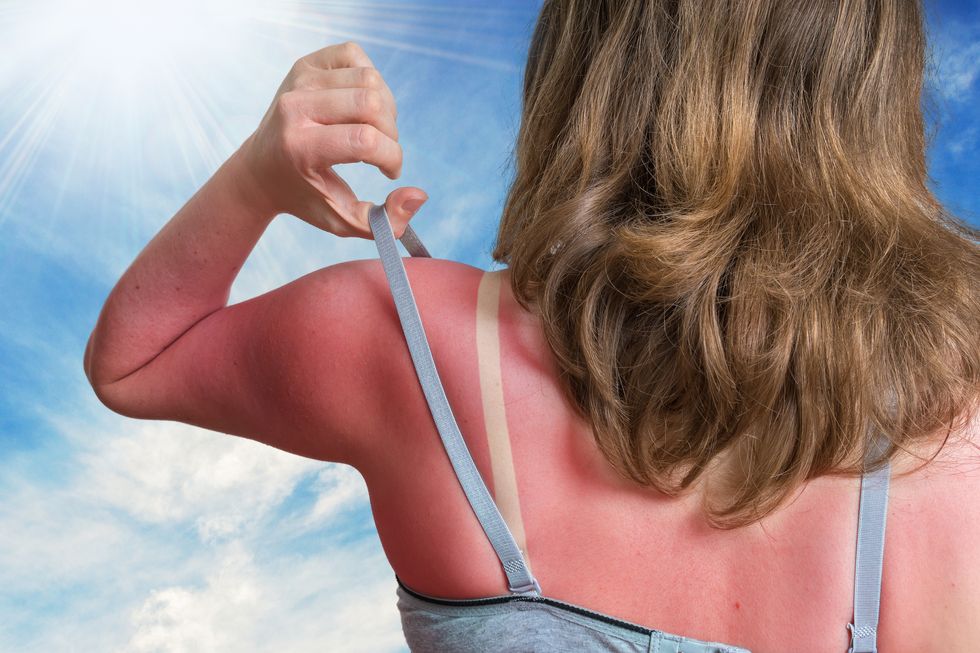
iStock.com/vchal
How to Treat a Sunburn
Even though most of us now know what sunburns can do to our skin, sunburns still happen. Here's what to do if you get sunburned.
Jul 18, 2018
Apr 26, 2023
Your Health
Sheryl Kraft, a freelance writer and breast cancer survivor, was born in Long Beach, New York. She currently lives in Connecticut with her husband Alan and dog Chloe, where her nest is empty of her two sons Jonathan. Sheryl writes articles and essays on breast cancer and contributes to a variety of publications and websites where she writes on general health and wellness issues. She earned her MFA in writing from Sarah Lawrence College in 2005.
Full BioLearn about our editorial policies

When I think about how I (and so many other boomers) mistreated our skin when we were younger, I cringe.
Sun reflectors, baby oil mixed with iodine, endless hours spent lying prone at the hottest time of the day, waiting for the burning rays to penetrate our skin and make us tan and look better.
Better???
Or burned, in my case and so many others with pale skin.
And now we see the fallout of sun worship: premature aging, lines and wrinkles, age spots and, at its worst, skin cancers.
Add the sun to that growing list of "if only I'd knowns."
Even though we now have the benefit of knowing how harmful too much sun exposure can be, and we have ways to protect ourselves, sunburns still happen. Guilty as charged? Here's what you can do:
Remember, there is no such thing as a "healthy tan." Even darker-skinned folks who never burn can still suffer the effects of too much sun exposure. As soon as the sun hits your skin, it begins to create changes that you cannot see.
Be careful out there, and always protect your skin with sunscreen, which needs to be applied about 20 minutes before going out and after two hours of sun exposure. Hats, sunglasses and clothing all contribute further to protecting yourself.
This post originally appeared on mysocalledmidlife.net.